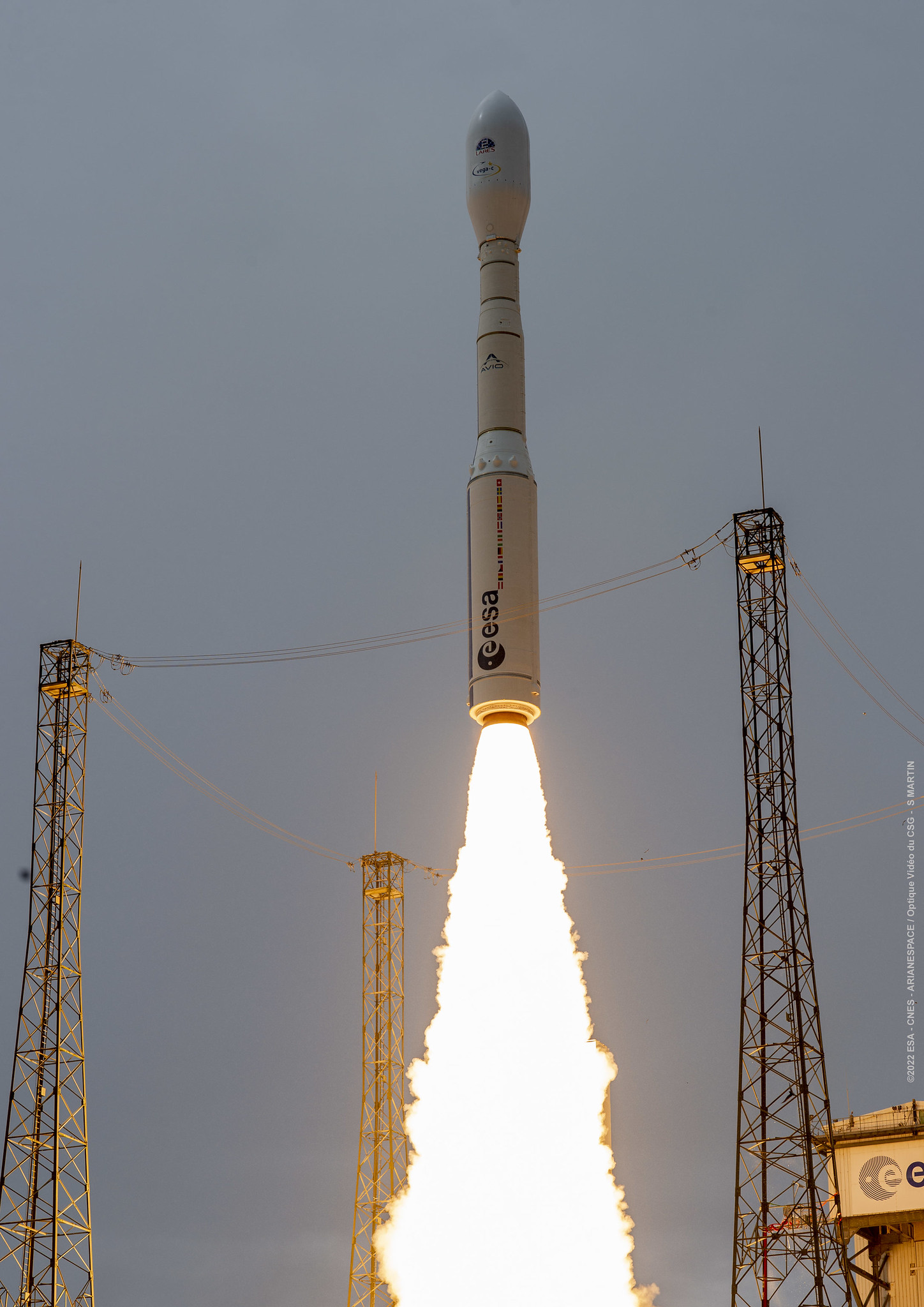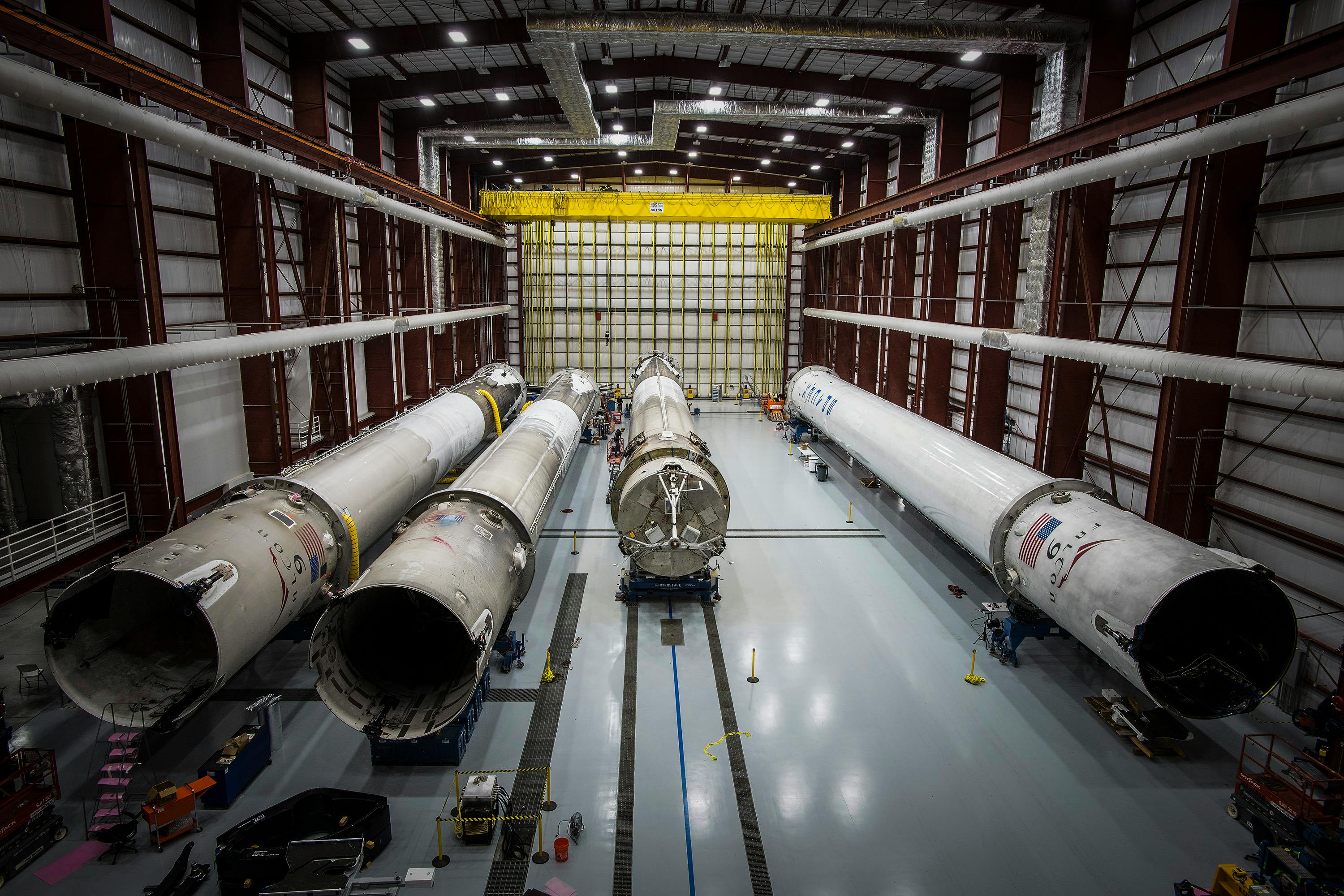· space brief · 5 min read
Space Brief 8 Jan 2025
Today's highlights include China's launch of the Shijian-25 for on-orbit refueling tests, major Pentagon contracts for solid rocket motors and hypersonic testing, and the US Space Force's record-setting year of launches.

📄Top Stories
China has successfully launched the Shijian-25 satellite, aiming to pioneer on-orbit refueling technologies. Meanwhile, the US Space Force celebrated a record-breaking 93 launches last year. In other news, the Pentagon’s contracts reflect increased focus on solid rocket motors and hypersonic testing capabilities.
📰Detailed Coverage
China Tests On-Orbit Refueling Technologies
China commenced its 2025 space initiatives with the night-time launch of the Shijian-25 satellite, using a Long March 3B rocket from Xichang Satellite Launch Center. This satellite is part of China’s strategy to enhance satellite longevity through advanced on-orbit refueling technologies, a critical innovation for reducing space debris and extending mission durations.
The technology onboard Shijian-25 could revolutionize how satellites are maintained, drastically altering the landscape of satellite tracking and management. By enabling satellites to remain operational longer, it reduces the need for immediate replacements, alleviating some concerns around space congestion.
Read the full story: SpaceNews
Pentagon Boosts Solid Rocket Motor Production
The Pentagon has awarded Anduril a $14.3 million contract to bolster the production of solid rocket motors. This investment is part of a broader initiative to enhance the US’s aerospace defense capabilities, following Anduril’s acquisition of leading rocket motor manufacturer, Adranos.
The expansion plan not only strengthens the domestic supply chain for these critical components but also impacts the strategic deployment of satellites and other space missions dependent on solid rocket propulsion.
Read the full story: SpaceNews
Hypersonic Testing Gains Momentum with New Pentagon Contract
In a landmark move, the Pentagon has handed Kratos a $1.45 billion contract to expand hypersonic testing infrastructures. This substantial funding underscores the ambitious scope of hypersonic technology development, crucial for both national security and future space exploration missions.
Hypersonic vehicles, which travel at speeds exceeding Mach 5, have significant implications for satellite deployment strategies, providing potential pathways for faster insertion into desired orbits.
Read the full story: SpaceNews
US Space Force Achieves Launch Milestone
An unprecedented number of launches, totaling 93, were recorded by the US Space Force in 2024, marking a new high and showcasing the intensive activity along Florida’s coast. These efforts signify not only a commitment to maintaining a robust defense posture but also highlight the growing commercial and strategic utilization of space.
This record number of launches is reflective of the evolving demands in satellite deployment and tracking, key areas supported by our web app’s real-time monitoring capabilities.
Read the full story: Space.com
Completion of B61-12 Nuclear Warhead Upgrade
The United States has finalized its $9 billion B61-12 warhead upgrade, a project aimed at modernizing the existing arsenal without expanding the total number of warheads. This update involves embedding older bomb cores within new housings, enhancing the reliability and safety of the arsenal amid strategic tensions.
The synergistic effect of modernizing support systems and launch vehicles places additional focus on satellite tracking and defensive measures to ensure any deployment is accurately managed.
Read the full story: Breaking Defense
🛰️Satellite Spotlight
- Satellite Name: DEKART
- NORAD ID: 46493
- Launch Date: 2020
- Mission: DEKART is designed for scientific research, focusing on space weather and environmental monitoring.
- Orbit: Inclination of 97.8415°, Period of 94.62 minutes, Eccentricity of close to 0.
- Operator: Moscow State University
- Fun Fact: DEKART’s mission showcases the capabilities of the Cubesat 3U design, a versatile and cost-effective platform for a wide range of space missions.
Current TLE Data:
1 46493U 20068H 24366.85888419 .00024048 00000-0 10564-2 0 99990
2 46493 97.8415 334.2402 0013168 3.9859 356.1478 15.21842454234383Track this satellite in real-time on our web app: Track DEKART
🚀Upcoming Space Launches
January 8
- SpaceX Falcon 9:
- Starlink Group 12-11 from Kennedy Space Center (15:27 UTC) A batch of satellites for the Starlink mega-constellation—SpaceX’s project for space-based Internet communication system.
January 10
- SpaceX Falcon 9:
- NROL-153 from Vandenberg Space Force Base (03:19 UTC) Seventh batch of satellites for a reconnaissance satellite constellation built by SpaceX and Northrop Grumman for the National Reconnaissance Office.
- Blue Origin New Glenn:
- Maiden Flight from Cape Canaveral SFS (06:00 UTC) Maiden flight of the New Glenn launch vehicle. This launch will serve as New Glenn’s first National Security Space Launch certification flight.
- SpaceX Falcon 9:
- Starlink Group 12-12 from Cape Canaveral SFS (15:27 UTC) A batch of satellites for the Starlink mega-constellation—SpaceX’s project for space-based Internet communication system.
January 11
- SpaceX Starship:
- Flight 7 from SpaceX Starbase, TX (13:00 UTC) Seventh test flight of the two-stage Starship launch vehicle.
January 13
- SpaceX Falcon 9:
- Starlink Group 12-4 from Cape Canaveral SFS (14:59 UTC) A batch of satellites for the Starlink mega-constellation—SpaceX’s project for space-based Internet communication system.
January 14
- SpaceX Falcon 9:
- Transporter 12 (Dedicated SSO Rideshare) from Vandenberg Space Force Base (18:49 UTC) Dedicated rideshare flight to a sun-synchronous orbit with dozens of small microsatellites and nanosatellites for commercial and government customers.
January 15
- SpaceX Falcon 9:
- Blue Ghost Lunar Lander Mission 1 & Hakuto-R M2 “Resilience” from Kennedy Space Center (06:06 UTC) Blue Ghost is a commercial lunar lander designed to bring payloads to the lunar surface. Resilience is the second mission of the Hakuto-R commercial lunar lander developed by ispace for studies on the moon’s surface, including collecting lunar regolith.
January 28
- SpaceX Falcon 9:
- SpainSat NG I from Cape Canaveral SFS (04:00 UTC) First of two new-generation satellites built by Airbus to provide secure communications to the Spanish government and its allies.
January 31
- Rocket Lab Electron:
- Kinéis 16-20 from Rocket Lab Launch Complex 1, Mahia Peninsula (00:00 UTC) Fourth batch of five satellites for the French Kinéis IoT constellation.
Note: Launch dates and times are subject to change due to technical or weather considerations.

Maurice Stellarski




